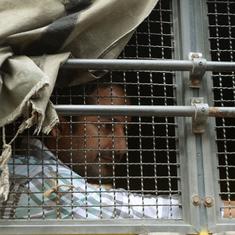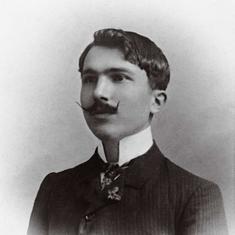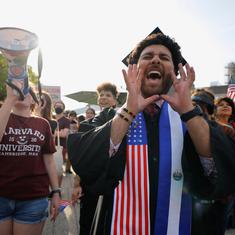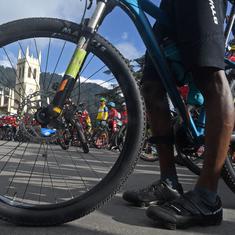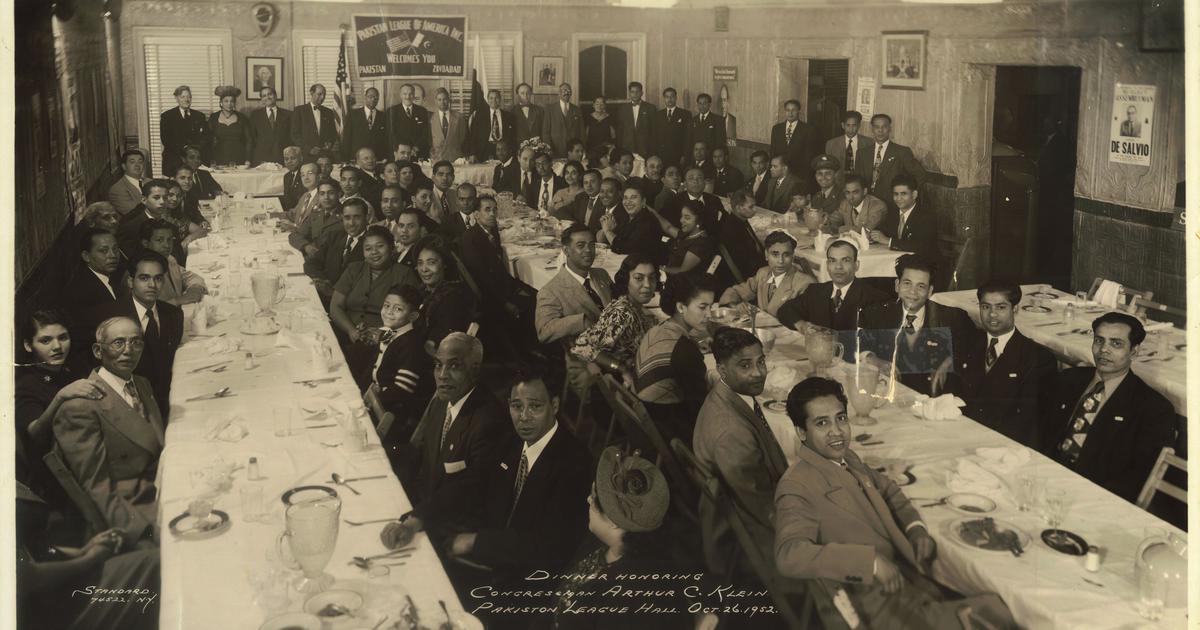As immigration enforcement intensifies across the United States, Alaudin Ullah finds himself immersed in a history most Americans have never heard about.
The New York-based comedian-turned-actor and playwright has spent over 25 years documenting the forgotten story of his father and thousands of other Bengali Muslim seamen who jumped ship at American ports in the late 19th and early 20th century.
Facing exclusion laws similar to today’s deportation drives under President Donald Trump, these sailors embedded themselves in New York’s Black and Latino communities in Harlem, opened some of America’s first South Asian restaurants and rubbed shoulders with participants in radical political movements that would reshape the US.
What Ullah discovered challenged everything he thought he knew and formed a new conception of South Asian immigration to the United States: it placed Bengali Muslims from present-day Bangladesh and India’s West Bengal as the central protagonists in the narrative.
An unknown chapter
Ullah knew none of this history when he was growing up in an East Harlem housing project in the 1980s. Like many rebellious second-generation immigrants, he spent years rejecting his Bengali identity and distancing himself from the world of his father Habib Ullah. But in 1998, a decade after his father’s death, Ullah began sharing fragmented stories of his father’s arrival in New York with the academic and filmmaker Vivek Bald.
Bald, whose own family had arrived after the 1965 Immigration Act opened doors for educated South Asian professionals to move to the United States, realised they were uncovering an older and unknown chapter of South Asian immigration.
If Habib had arrived in the 1920s, he would have entered America when immigration from most of Asia was banned in the country and when the United States Supreme Court ruled that Asians were “not free, not white”.
Yet thousands of men like Habib found ways around the ban. When his ship docked in Boston, Habib stayed behind and eventually made his way to New York, where he found a job as a dishwasher in upscale hotels like The Commodore (a former name for the Hyatt Grand Central).
“He worked in the kitchens of these hotels alongside Black and Puerto Rican workers,” explained Alaudin Ullah.
Habib Ullah’s story and the history of other Bengali Muslim men like him is the focus of the documentary In Search of Bengali Harlem, completed in 2022 by Vivek Bald which features Ullah as the narrator.
Habib Ullah married a woman named Victoria Echevarria, an immigrant from Puerto Rico. After Victoria’s untimely death, Habib raised their son, Habib Jr, but sent their daughter to live with her mother’s relatives and friends.
In the 1960s, Habib returned to his village, Noakhali in present-day Bangladesh, for the first time in 40 years. It was no longer under British colonial rule. Partition had made Noakhali a part of East Pakistan. Habib married a young Bengali woman named Mohima. The two moved to Harlem and had two sons.
The younger of the two, Alaudin Ullah was in his early teens when his father died. “I had known little of him and blamed him for abandoning my half-sister,” said Ullah. “And I didn’t get a lot of answers about our past from my mother.”
Mohima was isolated in the public housing complex they lived in, and struggled to raise her sons, said Ullah.
Unlike neighbourhoods like Jackson Heights in New York today, where it is possible to live surrounded by people from your home country, Mohima was living in ethnically diverse Harlem where her family was among the only Bengalis in a Black and Puerto Rican neighborhood.
In the early 20th century, Harlem became a hub for African American communities arriving from the American South, as well as immigrants from the Black, Hispanic and Asian diasporas. Bengali seafarers such Habib Ullah moved from the Lower East Side, where they initially worked, to Harlem, where undocumented immigrants like him could blend in and stay undetected by authorities.
By the 1950s and ’60s, many of those families had moved to other parts of New York or even farther away.
The stories of these vibrant communities have faded in New York today. Perhaps, that process was accelerated by a 1965 change in US immigration law that drove a new wave of South Asians, particularly highly educated people, to the United States. These immigrations were often perceived as “model minorities” who overshadowed undocumented working-class immigrants from the subcontinent.
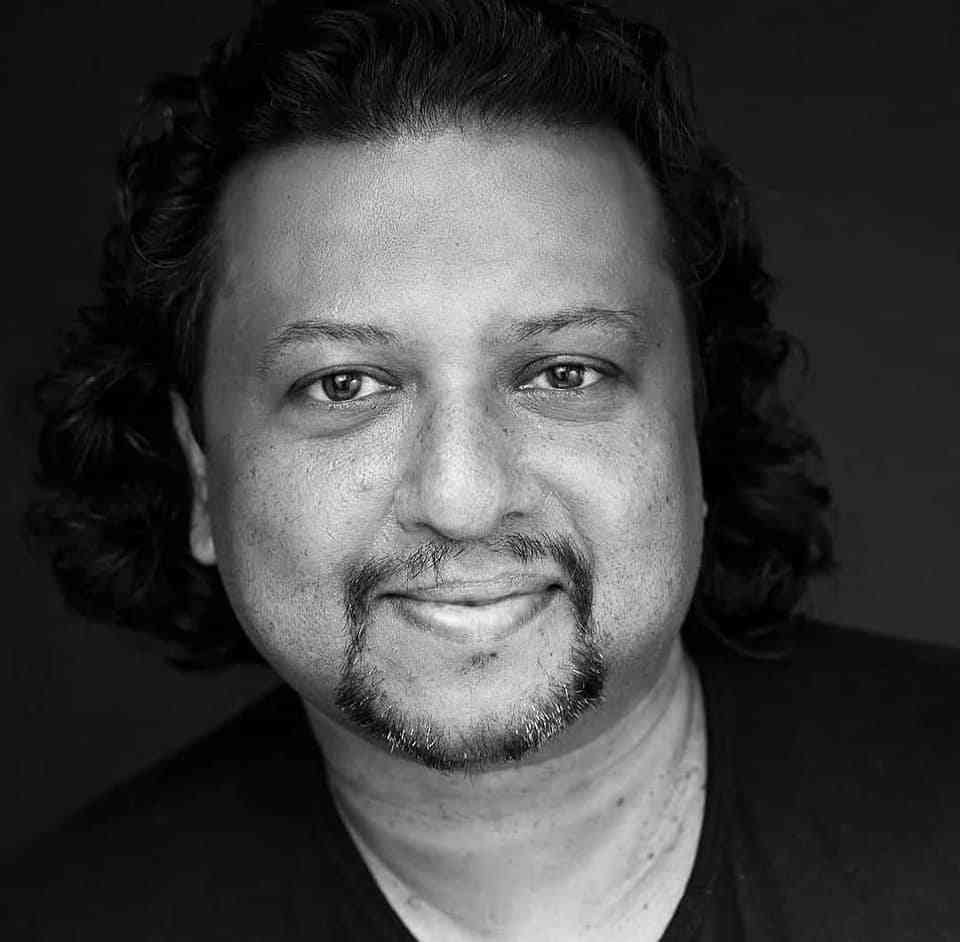
Stories like Habib Ullah’s were largely unheard of when Bald and Ullah began their research. They dug up newspaper clippings, ship records and cross-checked marriage certificates to discover waves of Bengali immigration going back to the 1880s.
By the 1940s, Habib Ullah and Victoria Echevarria ran the Bengal Garden restaurant in Midtown Manhattan, a precursor to the South Asian restaurants that would later dominate New York’s Sixth Street.
One thread running through the documentary is Ullah’s search for a dimly remembered family photograph. It was said to show Ibrahim Choudry, a Bengali immigrant, standing with Malcolm X, the African-American leader who was prominent in the civil rights movement, surrounded by African American and South Asian Muslims.
The photograph has acquired near-mythical status – a missing link that could cement the presence of Bengali migrants firmly in Black American history. Ullah is still hoping to find that photograph one day.
“What we do know is that Malcolm X and other contemporaries like Felipe Luciano from the Young Lords [a radical 1960s group led by Puerto Rican youth] would often eat at South Asian restaurants run by my father and his contemporaries,” said Ullah.
These Bengali-owned establishments served some of the only halal food available in the city, drawing African American converts to Islam.
Choudry and his contemporaries, including Ullah’s father Habib Ullah, maintained an interest in subcontinental nationalism, forming social-cum-political clubs such as the Pakistan League of America. The League’s membership – predominantly former seamen, along with their African American and Puerto Rican wives and children – embodied a very different model of community building from the other South Asian immigrant organisations that were to follow.
In recent decades, New York’s South Asian community has been transformed by newer waves of immigration settling in several parts of the city. It is easier for married couples to immigrate together, reducing the need to find partners in the US.
“Today’s South Asian community has the luxury of numbers that my father’s generation didn’t have,” Ullah noted. “But with that has come a kind of insularity. I think we’ve lost something important about what it means to be part of broader justice movements.”
He added: “When I see protests against immigration raids in California or New York, I ask: where is the South Asian solidarity?”
